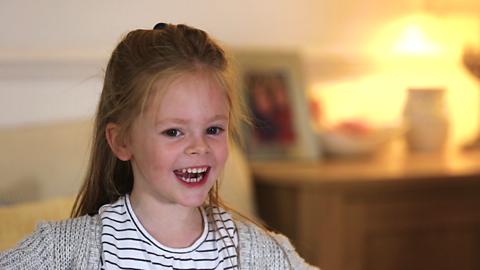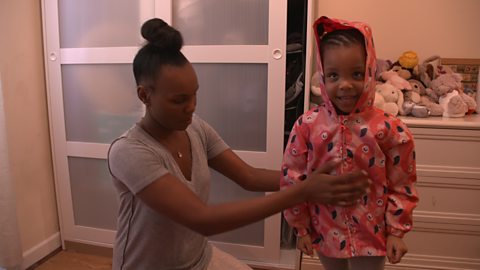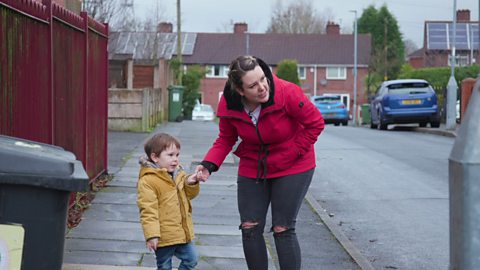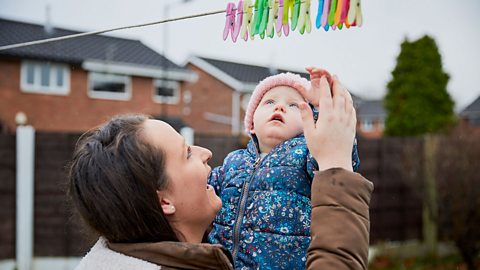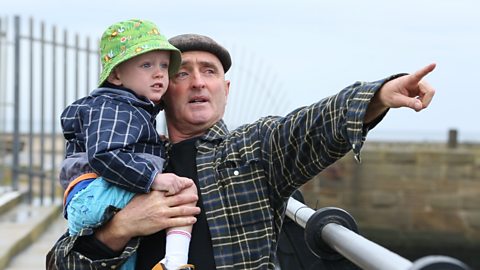A simple cardboard box is a great starting point for crafty and pretend play.
Boxes of any size are fun to play with and will get your childâs imagination working. If you can find a really big cardboard box, your child can fit inside it and create something amazing.
Why not ask your child to help you sort your recycling and turn it into a fun play opportunity? Often young children find the most joy in simple everyday tasks.
In the video below we show some of the best ways to engage your child and spark their creativity.
Playing with cardboard boxes: Why is it good for children?
- Choosing what they want the box to be encourages their imagination and problem-solving skills.
- Taking the lead with this play helps them express themselves and try out new ideas.
- Turning the box into a car, spaceship or anything else extraordinary allows them to use vocabulary they wouldn't usually in their daily routine.
- Asking them open-ended questions through the play, encourages them to form longer sentences.
- Playing with a cardboard box, or other recycling, is a fun way to make an everyday chore fun.
What you need for cardboard box & recycling play
You can get creative with whatever you have in your recycling, as long as it's safe for your child.
Boxes of any size are fun to play with and will get your childâs imagination working. If you can find a really big cardboard box, your child can fit inside it - this is great for their physical development as well as their language.
Tape or glue could be useful if your child wants to try some construction. Why not cut pieces of tape and let your child try and stick it in the right place. This will help their fine motor skills.
Your child might want to decorate their creations with pens, crayons or even paint. Talk about which colours they're using and what they're drawing - this is a really easy way for them to hear more words and use more words back to you.
How to set up play with cardboard boxes
Thereâs no ârightâ way for your child to play with a cardboard box. Let your child decide what they want to do and follow their lead.
You could start by just talking about the box together. For example, ask, 'How big is it?' or 'What colour is it?'
If your child struggles to come up with an idea themselves, you could offer them a choice. Saying something like, 'Does it look like a house or a car?"
Help your child to solve any problems they might have. For example, let them work out whether pens or pencils look better on the box, or whether they should use tape or glue.
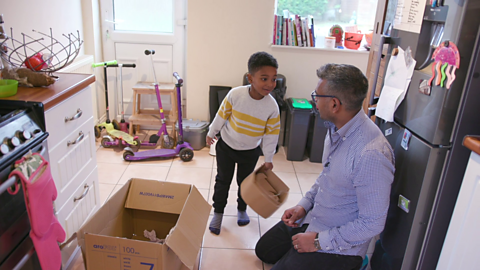
Image caption, Let your child lead and ask them what they could turn the box into.
1 of 3
Discover more on this topic
- Want to find out more about why is imaginative play so great for kids? We spoke to Dr Claire Halsey, a child psychologist and parenting expert.
- Playing with recycling is very crafty. Check out this article on easy ways to help your child learn through craft activities.
- Had a birthday or celebration recently? Here are 15 fun and easy ideas for wrapping paper, cardboard & packaging.

